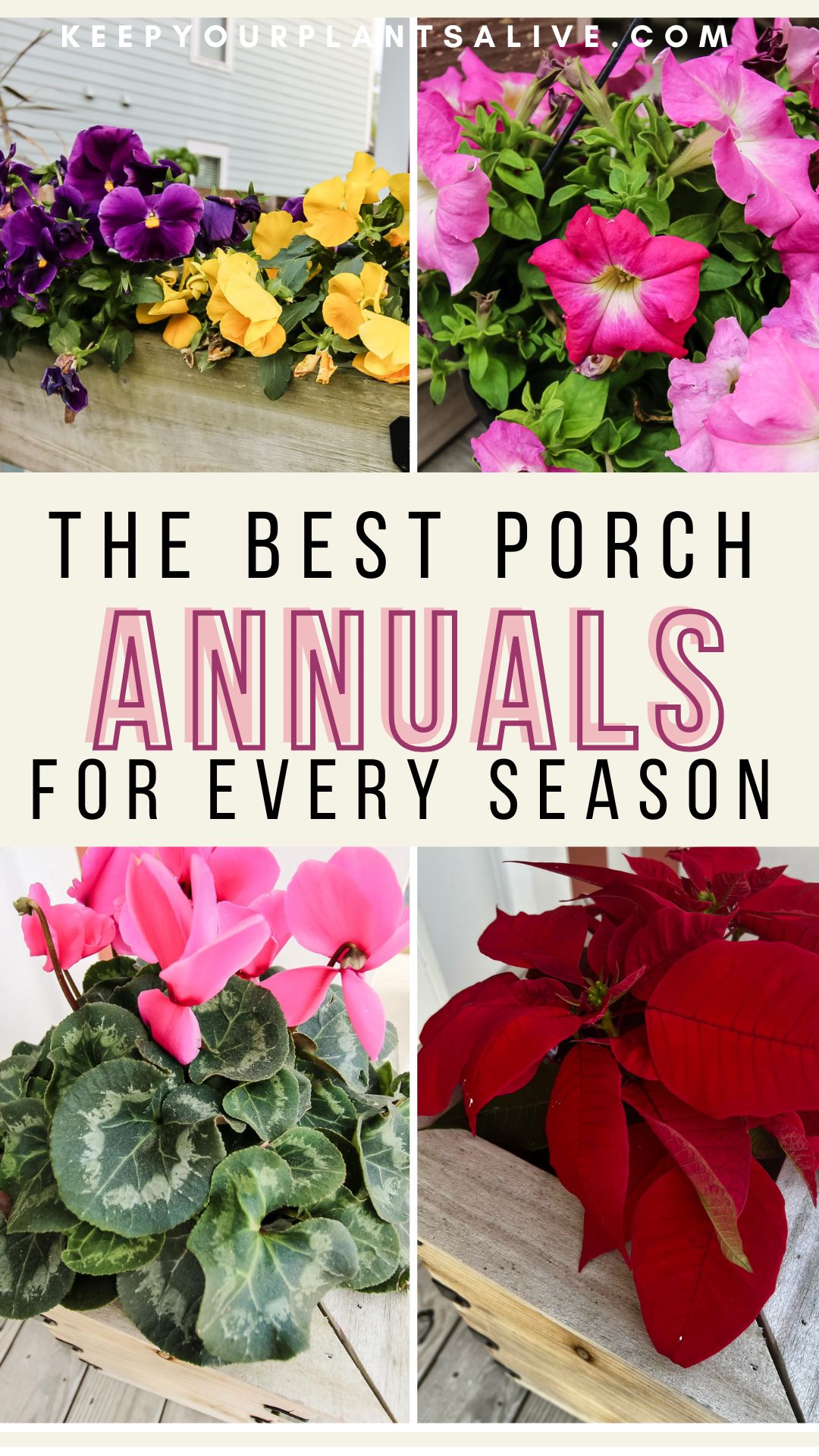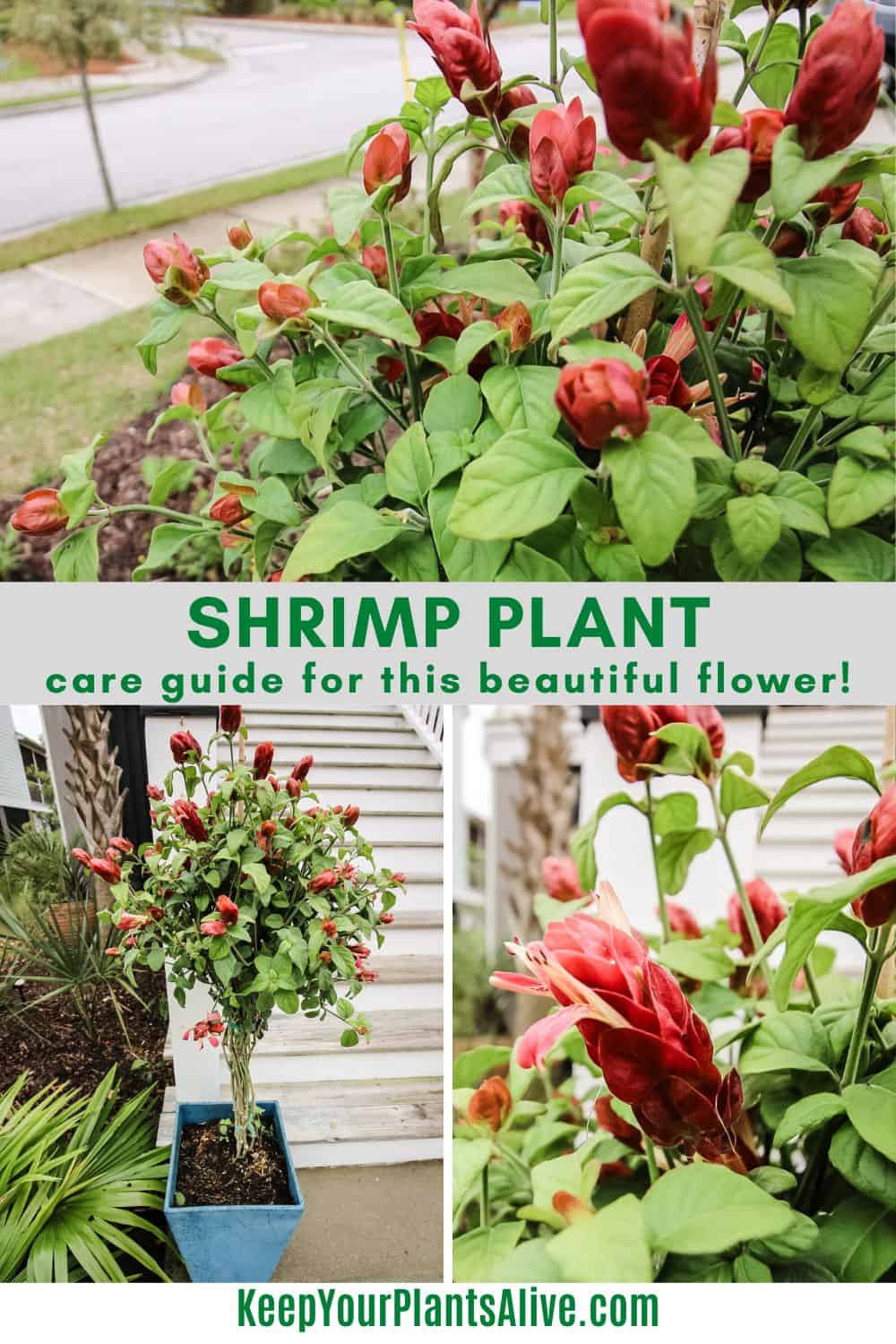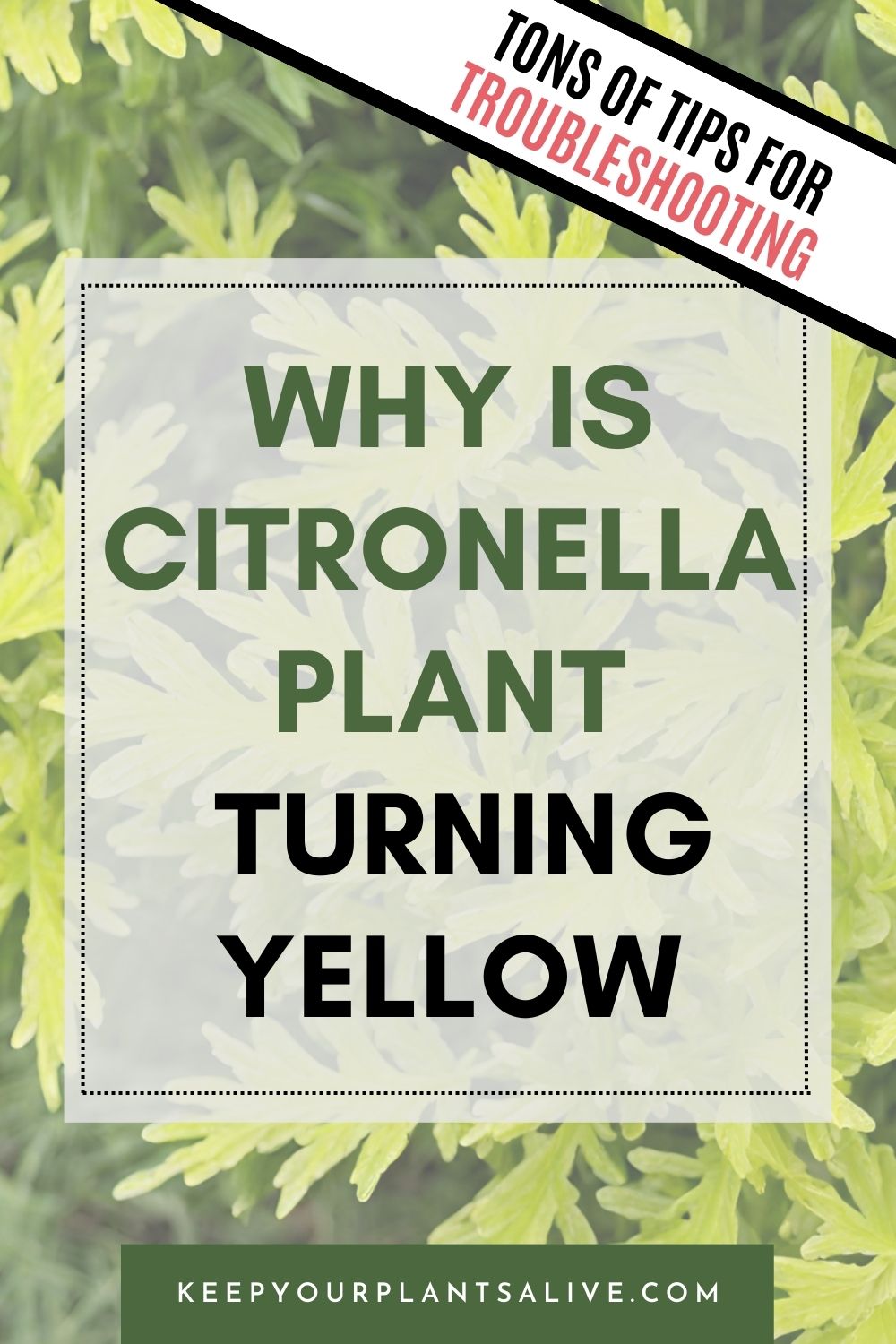Are you dealing with mushrooms growing in your grass? Here are the top causes and the easiest solutions to get rid of them - or let them be!
Introduction should be about 100 words. Succinctly talk about what problem you are solving
You want to be sure that you are being super descriptive about your blog post. It is typically a good idea to go ahead and use 1 more version of your keyword if at all possible.
Introduce the common concern: mushrooms growing in the garden or grass.
Explain that while mushrooms are generally harmless, they might indicate certain conditions in the garden.
Promise to guide beginners through understanding and managing fungal growth effectively.

Why Are Mushrooms Growing in My Grass?
Mushrooms sprouting in your grass can be puzzling, but understanding the underlying natural processes can help to demystify this occurrence.
Mushrooms are the visible fruiting bodies of fungi, which play a vital role in the ecosystem. One of their primary functions is breaking down organic matter.
When dead plant material like fallen leaves, tree roots, or grass clippings decompose, fungi assist in the process by breaking them down.
As this decomposition occurs, it creates an ideal environment for mushrooms to emerge, especially after periods of rain when moisture levels are high.

Ideal Conditions for Mushroom Growth
You are most likely to have mushroom growth in your grass when one or several of these conditions are happening:
- Moisture: Mushrooms thrive in damp environments. Rainy weather or overwatering your lawn can create the perfect moisture conditions for their growth.
- Organic Matter: Decomposing organic material provides nutrients that sustain both fungi and grass. Lawns with a thick thatch layer or a lot of fallen leaves are especially conducive to mushroom growth.
- Warm Temperatures: While mushrooms can appear in various climates, they are particularly prevalent in warm, humid conditions.
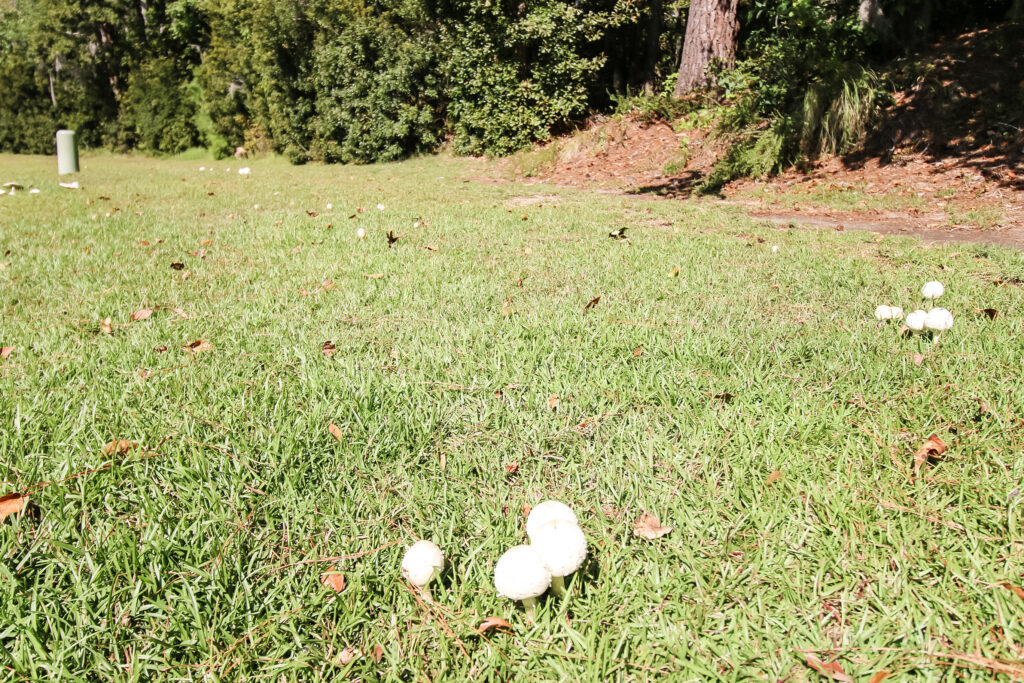
Common Types of Garden Mushrooms
Mushrooms come in various shapes, sizes, and colors, and several species are commonly found in gardens. Knowing these species can help gardeners identify them, ensuring safety and a better understanding of their garden ecosystem.
Here are a few common types along with descriptions to help you in your identification:
Amanita Muscaria (Fly Agaric)
Amanita Muscaria is iconic with its bright red cap adorned with white spots. It has white gills and a distinctive ring around its stem.
This mushroom is toxic and should never be consumed. It contains compounds that can cause hallucinations and other serious health issues.
Agaricus Bisporus (Common Mushroom)
Commonly found in gardens, it has a white to brown cap and pink gills when young, turning dark brown as it matures. It has a pleasant, earthy odor.
Edible and widely cultivated, it's the same mushroom found in grocery stores and used in cooking.
Chlorophyllum Molybdites (Green-Spored Parasol)
Large mushroom with a greenish cap and white gills. Its cap resembles a parasol, and it often grows in clusters.
Highly toxic. Ingesting it can cause severe gastrointestinal distress.
Coprinus Comatus (Shaggy Mane)
Easily recognizable due to its shaggy appearance. The cap is tall and white, and as it matures, it deliquesces, turning into inky black liquid.
Edible when young and white, but it should be consumed shortly after harvesting, as it turns black and inedible after maturity.
Lepiota Procera (Parasol Mushroom)
Large mushroom with a tan to brown cap and white gills. It has distinctive scales on its cap.
Edible and highly regarded in culinary circles. However, caution is necessary as it can be confused with toxic look-alike species.
Importance of Expert Identification
If you plan to eat any of the mushrooms growing in your grass, it is super important that you have someone who seriously knows what they are doing help you to identify them.
Many wild mushrooms are highly toxic and can cause severe illness or even be fatal if ingested. The differences between edible and toxic species can sometimes be subtle.

Managing Mushroom Growth in Your Grass
Mushrooms do not have to be removed from your grass unless you don't like their look or are worried about kids or pets trying to eat them.
Otherwise, you can work to manage your mushroom growth instead of eliminating them.
Here are some practical tips to manage mushroom growth effectively while ensuring a healthy garden environment:
Improve Drainage
Proper drainage helps prevent waterlogged soil, which creates an ideal environment for mushrooms to grow.
Amend Soil: Incorporate organic matter like compost into your soil. This improves soil structure and drainage.
Raise Beds: If applicable, consider raised beds, which naturally drain better than ground-level soil.
Install Drainage Systems: For larger gardens, consider installing drainage systems like French drains to redirect excess water away from garden beds.
Reduce Organic Debris:
Decomposing organic matter is a food source for fungi. By reducing debris, you limit their food supply.
Regular Cleanup: Remove fallen leaves, twigs, and other debris from your garden regularly.
Mulching: Use mulch sparingly. When using mulch, opt for inorganic mulch like gravel or rocks, which do not decompose.
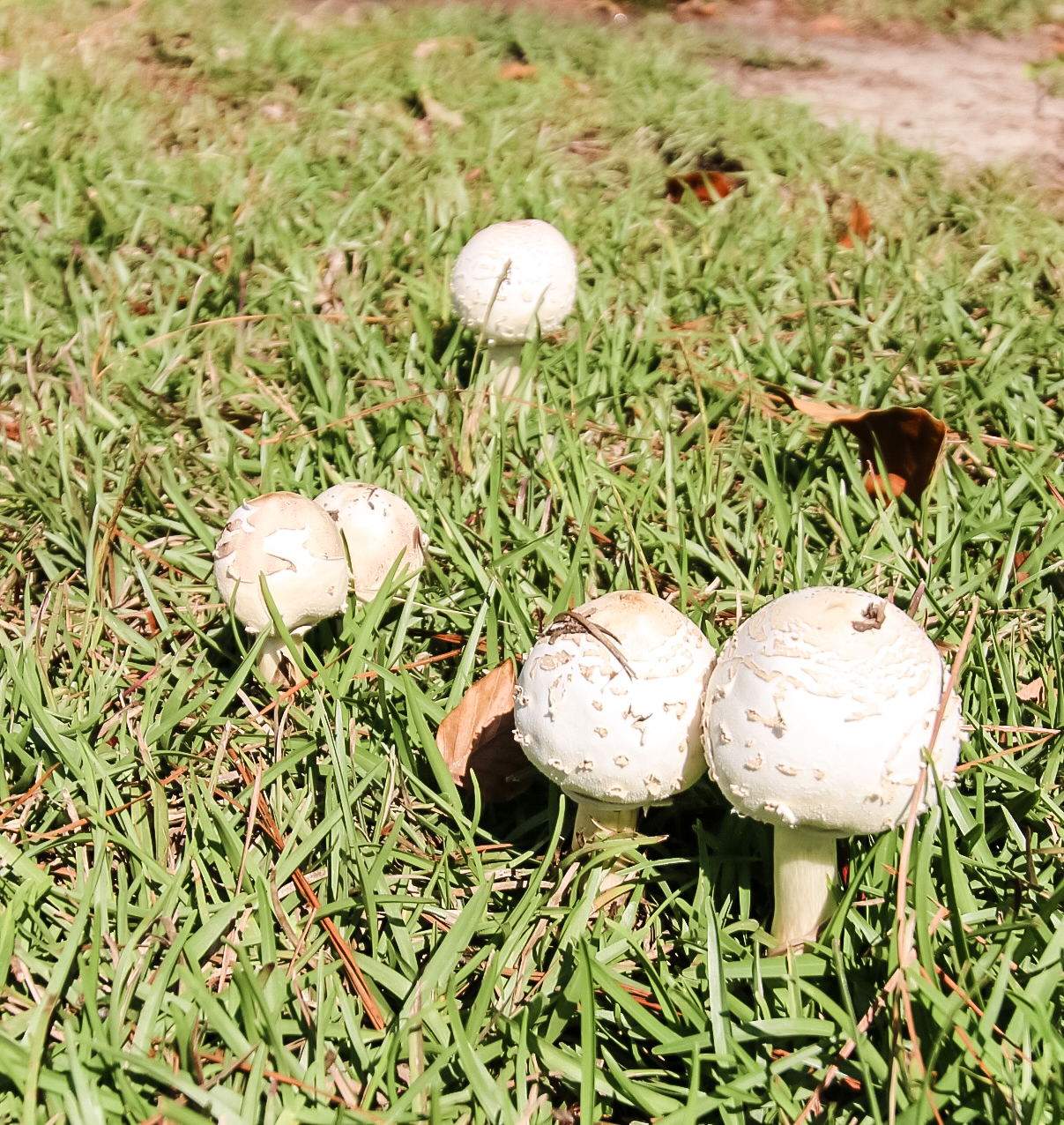
Adjust Watering Habits
Overwatering creates excess moisture, promoting mushroom growth.
Water Early: Water your garden early in the day, allowing excess moisture to evaporate during sunlight hours.
Use Soaker Hoses: Soaker hoses deliver water directly to the base of plants, reducing water splashes that can spread spores.
Well-Draining Soil and Proper Aeration
Well-draining soil and proper aeration reduce moisture retention, making it less favorable for mushrooms.
Choose Suitable Plants: Select plants that thrive in your soil type. Some plants are more adaptable to wet soils, helping with drainage.
Aerate Soil: Regularly aerate your soil to improve its structure. Aerating reduces compaction and allows water to penetrate deeper, preventing surface water accumulation.
Organic Methods for Controlling Fungi
Organic methods are environmentally friendly and help maintain the balance of your garden's ecosystem.
Beneficial Nematodes: Introduce beneficial nematodes, microscopic organisms that feed on harmful fungi, into your soil. These nematodes control the population of pathogenic organisms naturally.
Natural Fungicides: Use natural fungicides like neem oil or copper-based solutions, which are effective against various fungal diseases without harming beneficial organisms.
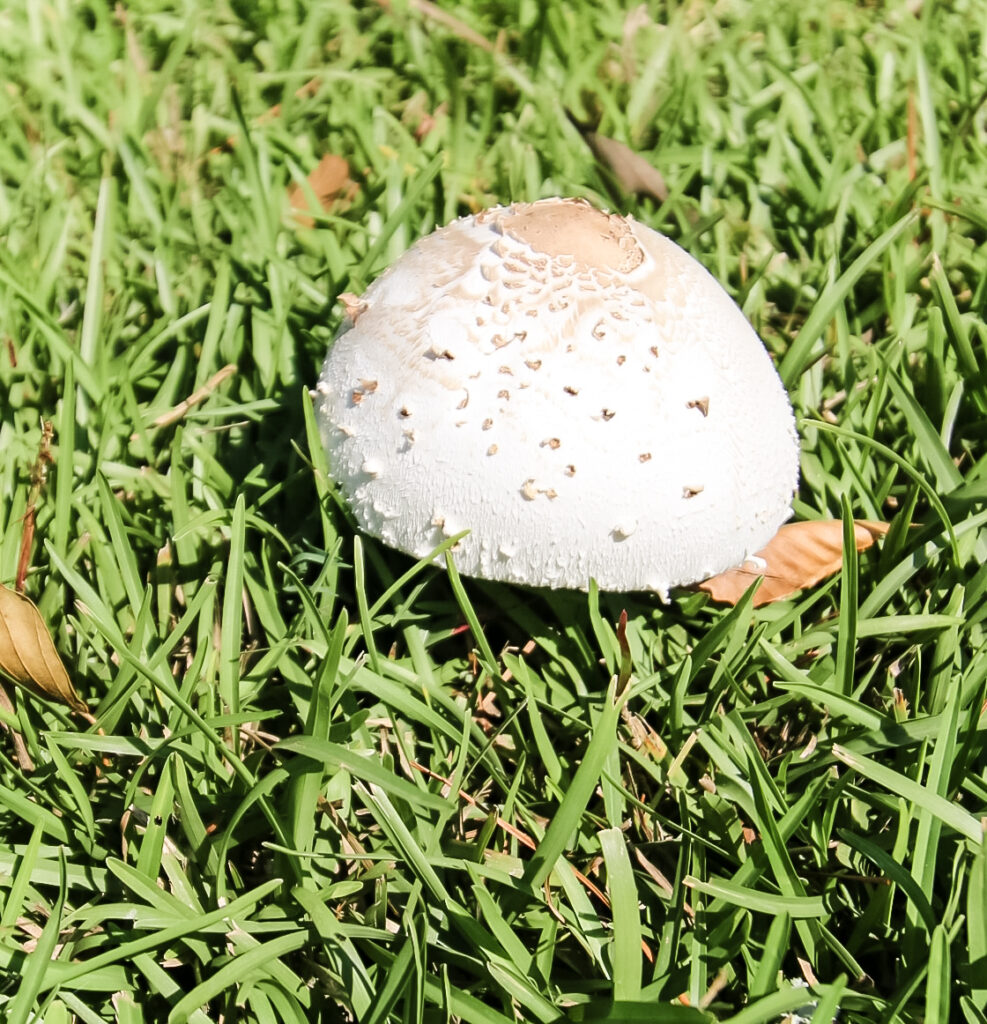
When to Seek Professional Help
While gardening can be a delightful and rewarding hobby, encountering mushrooms, especially toxic ones, can raise concerns about safety and proper identification.
Here's when it's crucial to seek professional help:
Dealing with Toxic Mushrooms
Some mushrooms are highly poisonous and can cause severe illness or even be fatal if ingested. Proper identification is vital to ensure safety.
If you're uncertain about the identity of a mushroom in your garden, especially if it has unusual features, colors, or characteristics, do not touch or consume it.
If you have pets or young children who might accidentally ingest mushrooms, it's imperative to identify and remove any potentially toxic species from your garden promptly.
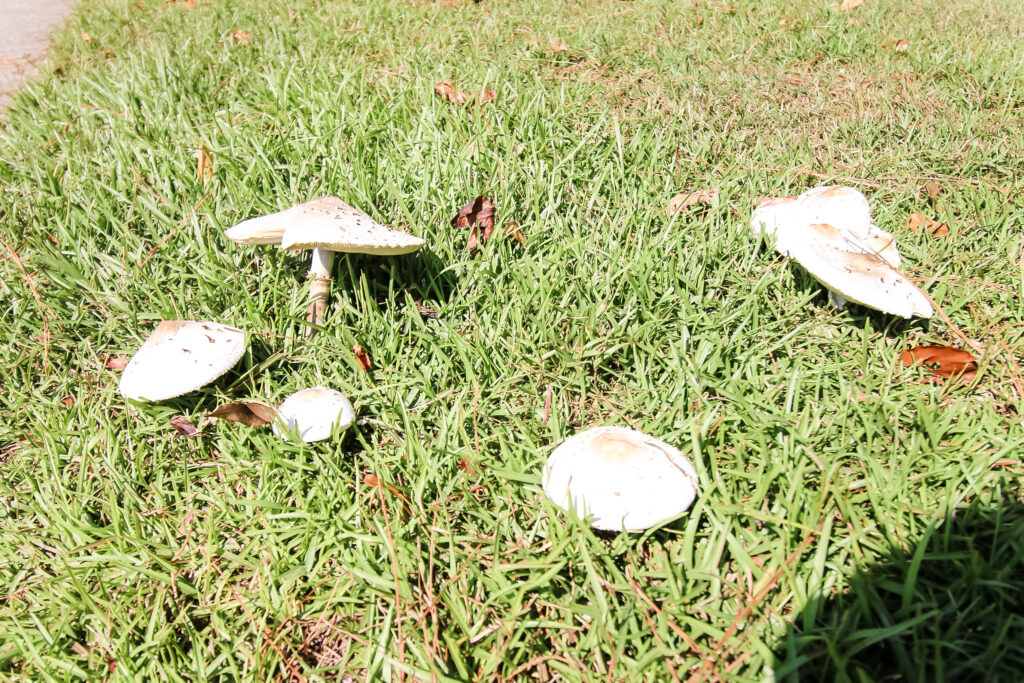
Consulting Local Experts
Local gardening experts and mycologists have in-depth knowledge about the fungi specific to your region. Their expertise can help accurately identify mushrooms.
If you come across mushrooms you've never seen before, consult local gardening clubs, botanical gardens, or mycological societies. These experts can provide valuable insights into whether the species are common or potentially harmful.
If a known mushroom species in your garden suddenly changes in appearance, it's a sign to consult an expert. Sometimes, environmental factors can cause even typically harmless mushrooms to mutate, making expert advice crucial.
Remember, your safety and the safety of others, including pets, should always come first. When in doubt, consult professionals who can accurately identify mushrooms, ensuring a secure environment for everyone in your household.
Before you go…
Now that you understand why you have mushrooms in your grass, time to address them in your potted plants! Check out our complete guide on why your houseplants are growing mushrooms and read our top tips for managing them!
Thanks for reading!


Hey there, I'm Morgan, a houseplant enthusiast from sunny Charleston, South Carolina. Growing up surrounded by my mom's lush orchids and African violets, I discovered the magic of bringing nature indoors. Thanks to the pandemic, I delved deeper into houseplants, discovering their power to uplift moods and transform spaces. I'm here to spill all my secrets, helping you pick the perfect houseplant - and make it happy. Let's keep your plants alive, together! 😊

